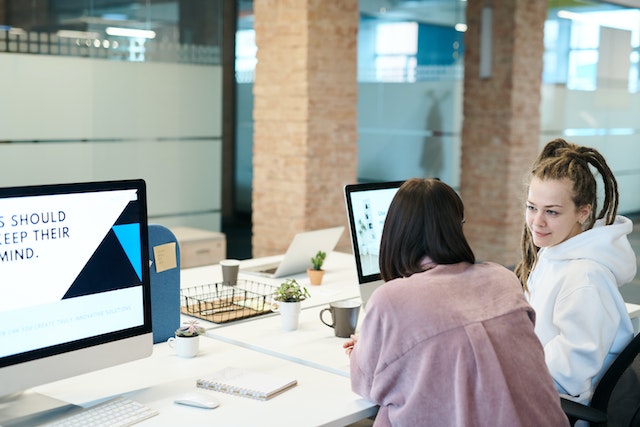Website design is crucial to online success, and website backgrounds play a significant role in the overall appearance of a website. A website background can either enhance or detract from the user experience, so it’s essential to create an ideal background that is both visually appealing and functional. In this article, we’ll discuss seven tips for creating ideal website backgrounds.
- Keep it Simple
Simplicity is key when it comes to website backgrounds. A clean, uncluttered background allows the content to shine and makes the website more visually appealing. Avoid using complicated or distracting backgrounds that can overwhelm the user and detract from the content.
- Choose the Right Color
Color choice is critical when it comes to website backgrounds. Choose colors that are complementary to the content and the overall theme of the website. Bright, bold colors can be used to draw attention to important elements, while muted or neutral colors can create a more subdued and sophisticated look.
- Use High-Quality Images
If you choose to use an image as a website background, make sure it is high-quality and relevant to the content. A low-quality image can make the website look unprofessional and detract from the user experience. High-resolution images that are optimized for web use will load quickly and enhance the overall appearance of the website.
- Consider Responsive Design
Responsive design is essential for websites that are accessed on a variety of devices, including desktops, laptops, tablets, and smartphones. Choose a background that is responsive and can adapt to different screen sizes without losing quality or functionality.
- Balance with the Content
The website background should complement and balance the content. Choose a background that doesn’t overwhelm the content and creates a harmonious balance between the two. The background should enhance the content and make it more visually appealing, not detract from it.
- Keep the File Size Small
The file size of the website background can significantly impact the loading time of the website. Keep the file size as small as possible without compromising quality or functionality. A fast-loading website improves the user experience and can positively impact search engine rankings.
- Test and Optimize
Test the website background on different devices and screen sizes to ensure that it looks great and functions properly. Optimize the background for different browsers and devices to ensure a consistent user experience across all platforms.
In conclusion, creating an ideal website background requires attention to detail, simplicity, color choice, high-quality images, responsive design, content balance, small file size, and testing and optimization. By following these tips, you can create a website background that enhances the user experience, complements the content, and makes your website stand out from the competition.


